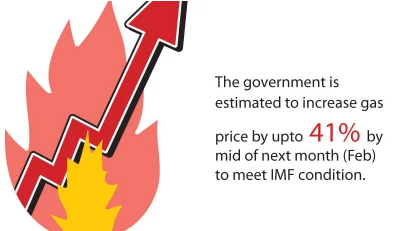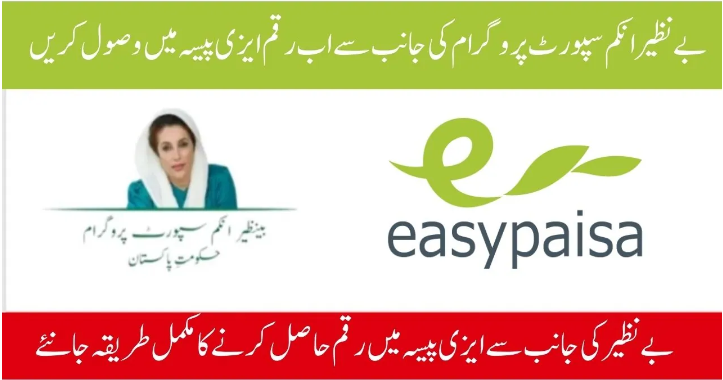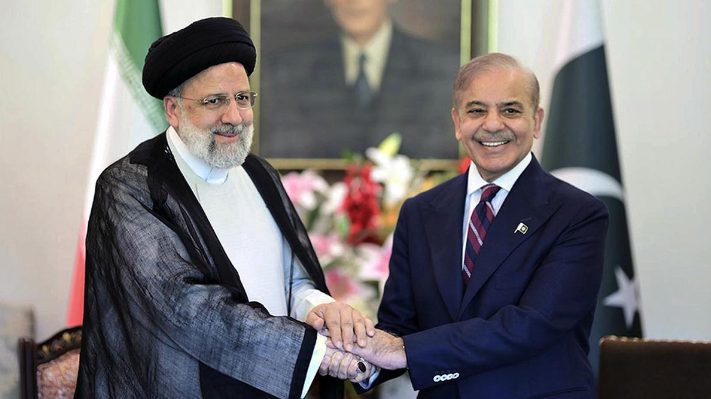Important developments in Pakistan and Iran trade
Trade Agreement Signed
Pakistan and Iran have finalized a significant trade agreement aimed at
boosting economic ties between the two neighboring countries. The agreement covers various sectors
including agriculture, energy, and infrastructure.
Tariff Reductions
As part of the trade agreement, both Pakistan and Iran have agreed to reduce
tariffs on certain goods to facilitate smoother trade flow. This move is expected to lower costs for
businesses on both sides and encourage increased trade volume.
Customs Facilitation
Efforts are underway to streamline customs procedures at border crossings
between Pakistan and Iran. The aim is to reduce delays and bottlenecks, making trade more efficient
and cost-effective for businesses operating in the region.
New Trade Routes
Discussions are ongoing regarding the establishment of new trade routes between
Pakistan and Iran, which could open up fresh opportunities for bilateral trade. These routes would
not only connect major cities but also facilitate trade in remote border regions.
Investment Opportunities
Both countries are exploring investment opportunities in key sectors such
as energy, manufacturing, and infrastructure development. This could lead to the creation of new job
opportunities and economic growth in both Pakistan and Iran.
Joint Economic Commission
The establishment of a joint economic commission between Pakistan and Iran
is being considered to further enhance cooperation in trade and investment. This commission would
serve as a platform for regular dialogue and collaboration on economic matters.
Cross-Border Trade Zones
Plans are underway to establish special economic zones along the
Pakistan-Iran border to promote cross-border trade and investment. These zones would offer incentives
for businesses to set up operations and engage in bilateral trade activities.
Enhanced Connectivity
Efforts are being made to improve transportation and connectivity
infrastructure between Pakistan and Iran, including road, rail, and air links. Enhanced connectivity
will facilitate the movement of goods and people, further strengthening bilateral trad





